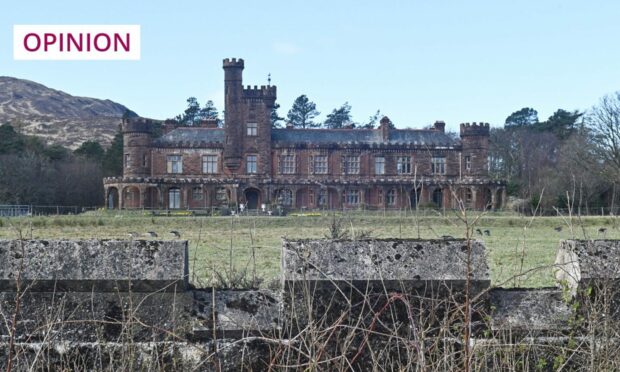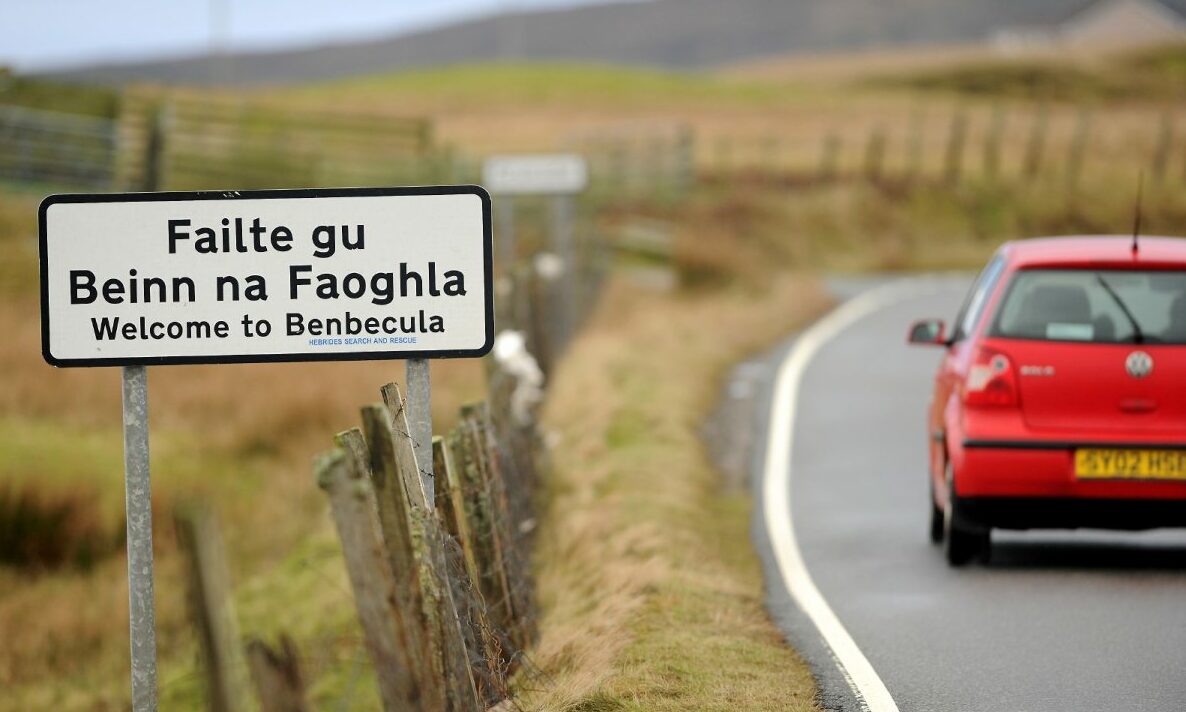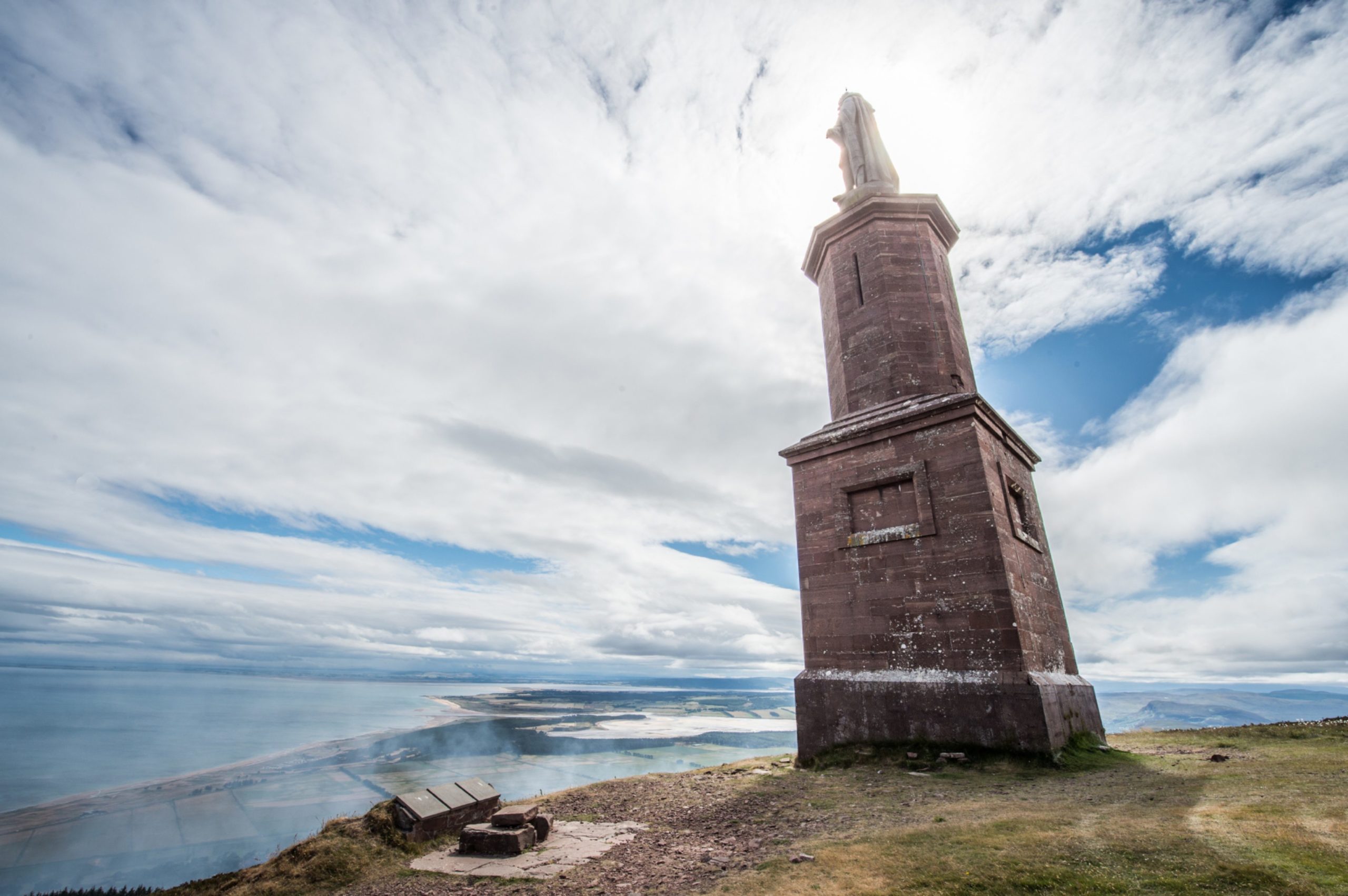Some statues serve as important lasting reminders of the bad as well as the good, writes David Ross, but where do we draw the line?
A remarkable novel was published close to the Queen’s death. Perhaps not the best timing for a book connecting the fate of the royal family to a ton of American cocaine.
But, it has nothing to do with the failings, real or perceived, of the present House of Windsor.
The book is set just after the Second World War. Clement Attlee’s government isn’t building a welfare state. He isn’t around, and neither is a democratically elected government. Oliver Cromwell casts an unexpected shadow.
It is dystopian; an imagining of how things might have been. There are, however, some familiar references for the over-70s – tins of 50 Capstan cigarettes and Riley cars.

Pickup at Eilean Shona is a gripping tale. It takes the reader from Edinburgh to Cornwall and Brittany, punctuated by trips to London, then back to Auld Reekie and on to the Highlands. It would make a ripping road movie – or rather road, rail, half-track and boat movie.
The book also provides an impressively detailed lesson in history (read the appendices), geography and nautical skills.
It comes from writer, historian, journalist and fisherman Iain Fraser Grigor. The last time this column mentioned him, he was recording the history of Free Church of Scotland missionaries in the Andes. But, he is best known for Mightier Than a Lord, about the Highland crofters’ land struggle.
That was published back in 1979, and remains important. It was cited by the Assynt Crofters at their historic buyout.
Iain has published Pickup at Eilean Shona himself, with the help of Tarland-based Lumphanan Press. Reading it inevitably makes one think of alternative history.
What if…?
What would have happened had the Jacobites not turned back at Derby in December 1745, had taken London, returning the Stuarts to the throne? Would they have stuck to their plan of recalling the Scottish parliament? How would Gaelic have fared had the Education (Scotland) Act 1872 not excluded teaching in the language?
What of Ireland, had the British Government not rushed to execute the largely unpopular leaders of Dublin’s 1916 Easter Rising, or imprisoned hundreds more in England without trial?
Home rule was to come into force after the First World War, which would have left the Ulster Protestants as the rebels. By then, however, everything had changed, with the blood of the Easter martyrs.
But madness possibly awaits those who pursue such “what ifs”. After all, we have daily reminders of the history that did unfold.
Statues don’t necessarily need to come down
Numerous statues honour the great, and often not so good, figures who marked the nation’s story. There have been calls for some to be removed. One was “the Mannie” – the huge statute on Ben Bhraggie of the first Duke of Sutherland, for his role in the clearances.
More recently, the 150ft column and statue in memory of Henry Dundas, Viscount Melville, in Edinburgh’s St Andrew Square was condemned for its subject’s role in delaying the abolition of slavery in the British Empire.
Tearing them down, however, might be a wee bit reminiscent of the Taliban blowing up the sixth century Buddhas of Bamiyan, carved into a cliff in Afghanistan. A plaque explaining and/or questioning why the man on the plinth (nearly all are men) was honoured surely is a more enlightened and less expensive approach.
That’s not to say that all historical constructions should be maintained, whatever the costs. Take Kinloch Castle on Rum.
Perhaps a safe ruin or creative demolition would be more fitting
It was built in the 1890s by Sir George Bullough, a Lancastrian textile magnate, as an ostentatious summer palace. It had hydroelectric power for lighting and central heating for his guests and horses, but not his servants. Heated garden pools were designed for his alligators and tropical turtles.
We should know how much public money has been spent on the castle over decades already
Rum, however, has now been owned by different government agencies for over half a century, and run as a nature reserve. In 2008, ownership of 360 acres in and around Kinloch village, the only settlement, were taken over by the local community, aided by Scottish ministers.
But, plans for the castle have been ebbing and flowing forever. It was run as a hostel, but the fabric of the building has long concerned many, including our King. Recently, the proposed sale to millionaire financier Jeremy Hosking was, rightly, put on hold by Lorna Slater (the government minister responsible for Rum’s owner, NatureScot), because of community concerns.
We should know how much public money has been spent on the castle over decades already. And, if a private buyer with locally acceptable plans and equally committed heirs can’t be found, it might be time to ask a difficult question. Do we really need a Hebridean monument to obscene wealth and extravagance?
Perhaps a safe ruin or creative demolition would be more fitting. As would measures to ensure the community of around 40 continues to grow, on an island where 10 times that were cleared almost two centuries ago.
David Ross is a veteran Highland journalist and author of an acclaimed book about his three decades of reporting on the region




Conversation